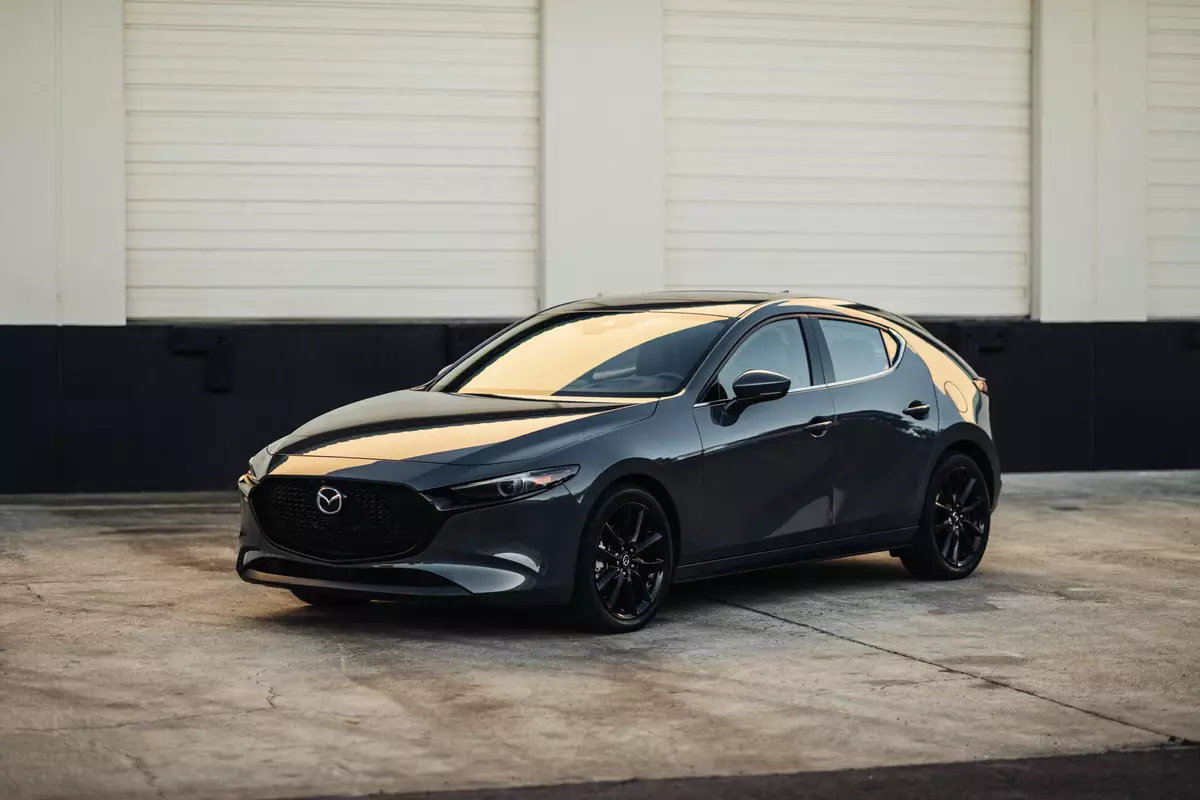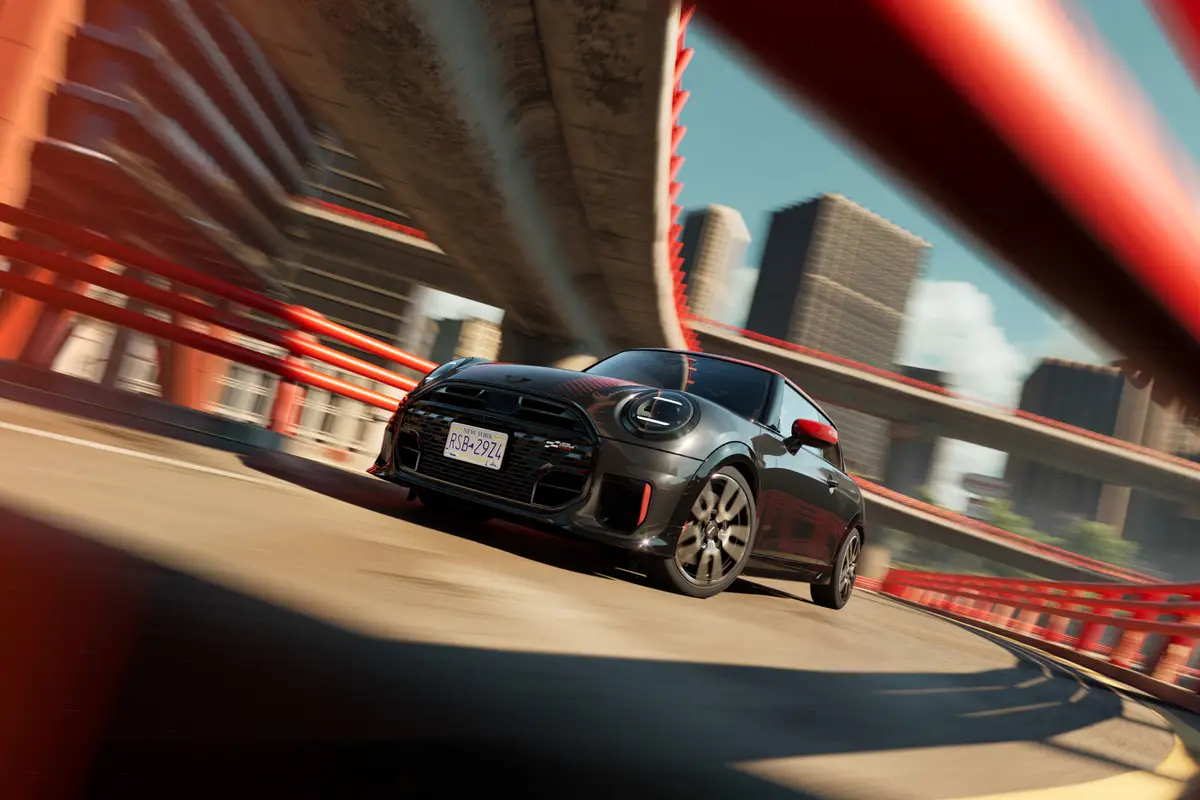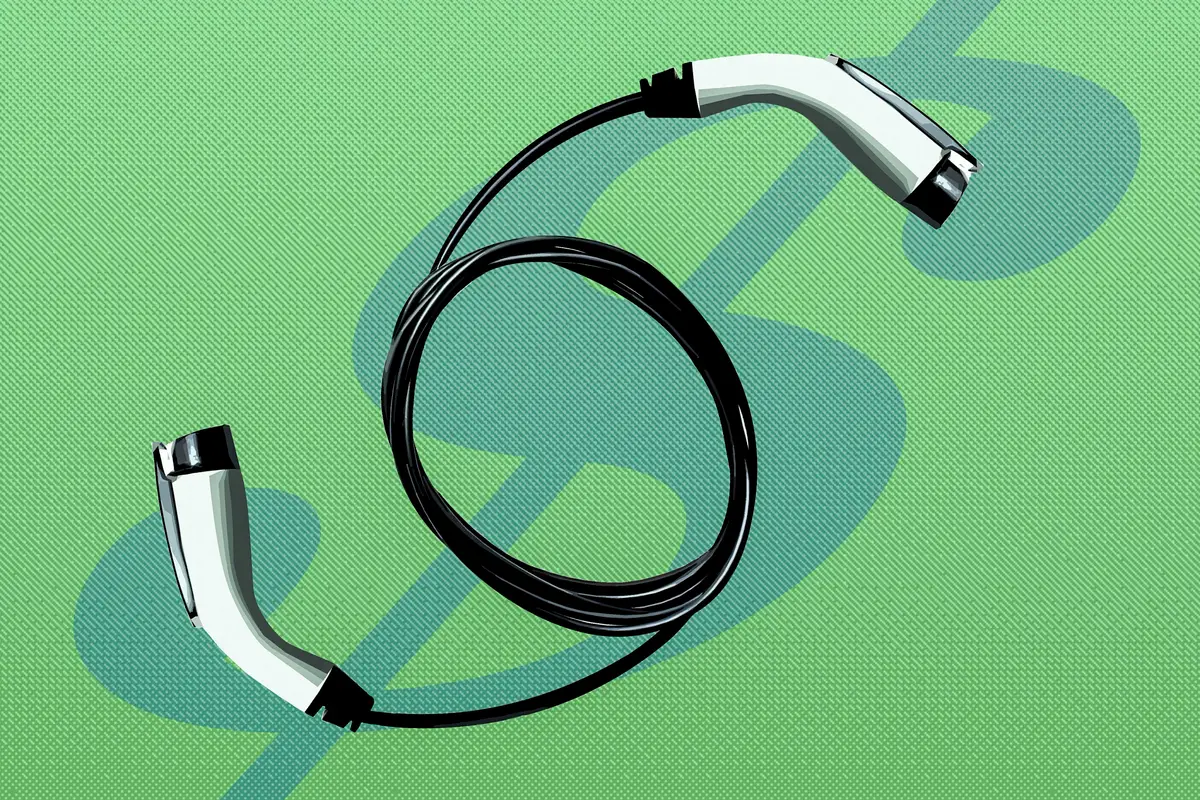chicagotribune.com's view
When we took this job, the boss said there were only three rules to ensure lasting job security-arrive early, leave late and should nature call, don’t answer on company time.
The boss never mentioned anything about having to join the International Brotherhood of Electrical Workers to be able to drive a car. If you haven’t slipped behind the wheel of a 1995 Lincoln Continental, you may want to bone up on the wonders of electronics. The Continental is sufficiently loaded with wonders to bewilder those of us who only recently mastered the “on/off” button and still can’t program a VCR.
Continental has undergone a design transformation and technological upgrade for 1995. Basically, the body is very aero and similar to the Mark VIII coupe, only in four-door form. Continental and the Mark seem to share the same grille. If you take a quick glance at the snout and fail to count doors, you may mistake one for the other.
As for the electronics, a memory profile system, which is standard, allows you to program the favorite radio stations of two people-you and your spouse or you and your significant other or you and your alter ego.
You can program 8 or 16 stations for Driver No. 1 or Driver No. 2 at the push of the same button and with a choice of “news, jazz, stadium or church” sound quality.
We forgot if it was 8 or16 stations because at the time of the audio demonstration, we still were trying to comprehend the automatic memory settings for the seats (fore/aft, stem/stern), power window settings (express up and down or simply hold the button like the middle class), automatic door locks (lock when you shift from park/unlock when you shift from drive), horn chirp (the horn chirps when you hit the lock button on the key fob as a reminder that, well, you hit the lock button on the key fob), seat access (when you remove the ignition key and open the door, the driver’s seat motors back two inches to allow you easier exit, and when you reinsert the key, the seat motors forward two inches) and reverse mirrors (when you engage reverse the power sideview mirrors dip curbward so you don’t run into, well, a curb).
Then there was the explanation of how we could program individual preferences for Driver No. 1 and No. 2 for normal, firm or plush suspension settings for minimum or maximum road feel, as well as low, normal or high steering effort depending on how much muscle you want to exert in changing lanes or slipping into that tight parking spot.
And, should you change your mind while motoring, you can reprogram all your preferences-even while driving, although doing so would require you taking your eyes off the road for roughly the amount of time it takes to drive from Chicago to Milwaukee.
One exception on programming: the computer chips and sensors won’t allow you to select firm ride/low steering effort because the two are contradictory.
By the time all the electronics were detailed, we forgot how to start the car.
The combo we felt most comfortable with on open roads was firm ride, high-effort steering. It provided the most road feel and best control of the machine. You are in command and not simply along for the ride. It also means the least body roll and lean in tight turns or sharp corners. The 16-inch steel-belted radial tires contribute to good grip.
If you do a lot of city driving, you might prefer to set steering effort to normal to save the muscles.
If you feel most comfortable with steering effort at low and with suspension setting at plush, you may want to consider Gold’s Gym or employing a driver until you can join those with a tad more sinew on the roadway.
The Continental is filled with other goodies, such as a systems check readout in the dash to let you know the condition of the oil, coolant, battery, engine and whether the door s/trunk lid are secure, plus how many miles of travel you have left until the tank is empty.
Two neat features are the sliding luggage tray and lid tie- down in the trunk, though neither involves electronics, which may be why we liked them so much.
The tray can hold suitcases or, if you flip up the plastic divider walls, briefcases and sales files. Press a trigger on a large plastic handle and the tray slides forward for easy access to the contents or backwards to move them under the rear seat.
The tie-down is a hooked tether cord stored in a pocket case that you remove and fasten to the deck lid lock to hold the trunk contents in place in case you loaded it with too much luggage or are delivering a large carton.
The Continental is filled with other surprises, such as a cellular phone (optional) in the center console armrest that pops up when you need it. It’s voice-activated, so when you want to call home you simply say “Call home,” and the controls in the headliner above the windshield dial your residence).
Then there’s the CD changer in the center armrest; the coat hooks that flip down and extend from the roofliner that hold up to 10 items on hangers; the plastic fenders, hood and deck lid that will never rust; the door locks that won’t function if you press “lock” with the key in the ignition; the heated seats that will warm the seat back or bottom to temperatures that should be labeled “crisp,” “fried” and “charbroiled”; a panic button in the key fob to set horn chirping and lights flashing if a stranger approaches; and a micron air filter to remove dust and pollen from the cabin.
Continental comes with two seating patterns-five or six passengers. The nicest is five, because it allows a large center armrest/telephone/CD changer between the front seats. The six-passenger version puts the phone in a thin armrest and the CD changer on the bottom of the dash along the floor.
Continental comes with a 4.6-liter, 260-horsepower, V-8 engine to replace the 3.8-liter, 160-h.p., V-6 that had been standard. The V-8 is noticeably quieter, considerably peppier and the loss in mileage by going V-8 is only 1 mile per gallon in the city (18 m.p.g.) thanks in part to the weight savings from those plastic body panels.
Safety is well-covered. Dual air bags and anti-lock brakes are standard and traction control costs only $360. We experienced heavy snows during the test drive, and the traction control allowed for steady, unwavering acceleration from a standing start on slick pavement as well as sure-footed turning and cornering on the goop. It should be the first option on your list of goodies.
Though a technological cornucopia, the Continental has its drawbacks. Some are minor, such as dual sideview mirrors that are aerodynamically correct, but too small to provide an adequate view of vehicles approaching from the side or rear.
Then there are things you might consider major. For instance, one person’s electronics utopia is another’s nightmare. The car comes with a 20-minute video tape to explain all the programming and button-pushing.
Can you imagine how long it would take a computer illiterate renting this car to get on the road?
Considering the price of this luxury car-$40,750-it’s not likely most buyers will be teenagers who thrill at the challenge of electronic gadgetry and who, more importantly, can grasp it quickly.
We have difficulty envisioning a 60-year-old taking the time to push buttons for 30 minutes to control suspension and steering when he or she probably is just going to leave it in normal for the duration of ownership.
One other gripe. Continental just doesn’t seem to have the flair of its two-door Mark VIII relative. Though blood relatives, Mark VIII has panache, the Continental doesn’t. Mark VIII is bold, vibrant and the interior is aggressive. Cont inental is conservative and, except for the Mark VIII grille and electronics, rather sedate. Once you’re done pushing buttons, the Continental loses much of its excitement and charm. Smooth, quiet, but perhaps too civilized.
The final gripe is the window sticker at $40,750, which is a $5,150 bump over the 1994 version. Lincoln-Mercury officials insist that switching to a V-8 justifies part of the increase. Sure, if the block is gold and the spark plugs diamond-tipped.
Also, the L-M folks say, the high-tech gadgetry justifies some of that increase as well. OK, but just how many of those gizmos is the typical consumer going to use and how many of them is he or she going to avoid out of confusion, which means he or she isn’t going to get full benefit of what they pay for.
Standard equipment in the 1995 Continental we drove includes cornering lamps, air suspension system, power brakes and steering, delayed accessory power, speed control, dual tipped exhaust, solar tinted glass, 16-inch aluminum wheels, power heated mirrors, concealed radio antenna, air conditioning, leather-wrapped steering wheel, power driver’s seat with lumbar support and burled walnut wood appliques.
Our test car came loaded with options, the most expensive being $1,515 for the power moonroof, but all of them combined adding more than $5,100 to the sticker before the hefty $625 for freight. Other than the moonroof, the $360 traction control is the only item you really need, provided you can make do without a $600 compact-disc player.
>> 1995 Lincoln Continental Wheelbase: 109 inches Length: 206.3 inches Engine: 4.6-liter, 260-h.p., V-8 Transmission: 4-speed automatic EPA mileage: 17 m.p.g. city/25 m.p.g. highway Base price: $40,750 Price as tested: $45,440. Add $360 for traction control, $1,515 for power moonroof, $290 for heated seats, $690 for voice activated phone, $600 for compact disc player,$330 for automatic dimming mirrors, $845 for chrome wheels, $60 for engine block heater. Freight runs $625. Pluses: Dual air bags and ABS standard, traction control an affordable option. Suspension and steering adjust to individual taste while driving or can be programmed into computer memory to a set adjustment just before you slip behind the wheel. Seat can be programmed to move back when you stop the car for easier exit. Sliding cargo/luggage tray in trunk makes for rattle-free stowage and easy removal of the contents. Trunk-lid cargo tie-down serves those who pack too much luggage. Optional phone pops out of center console arm rest. V-8 engine standard. Minuses: The base price is $5,000 more than a year ago and options could add close to another $5,000. Will those who spend megabucks for a luxury car be willing and able to use and understand all the compu ter adjustable systems that require a 20-minute video to explain? >>
Latest news



